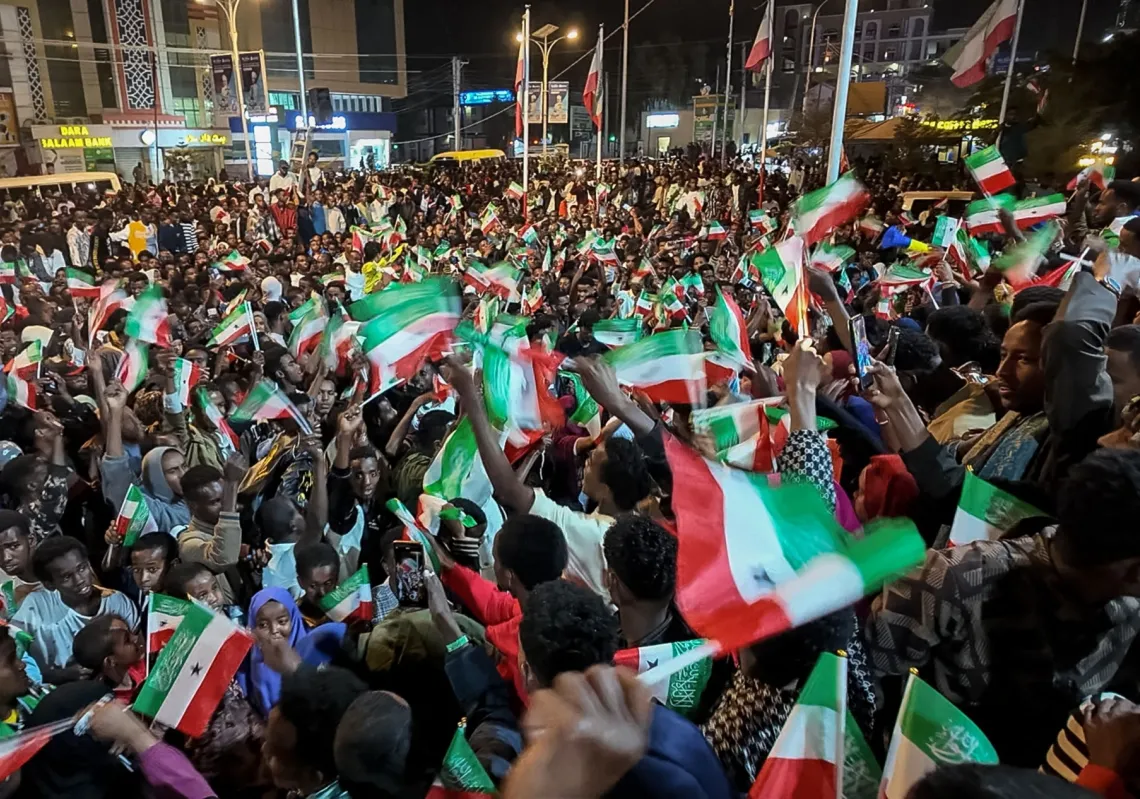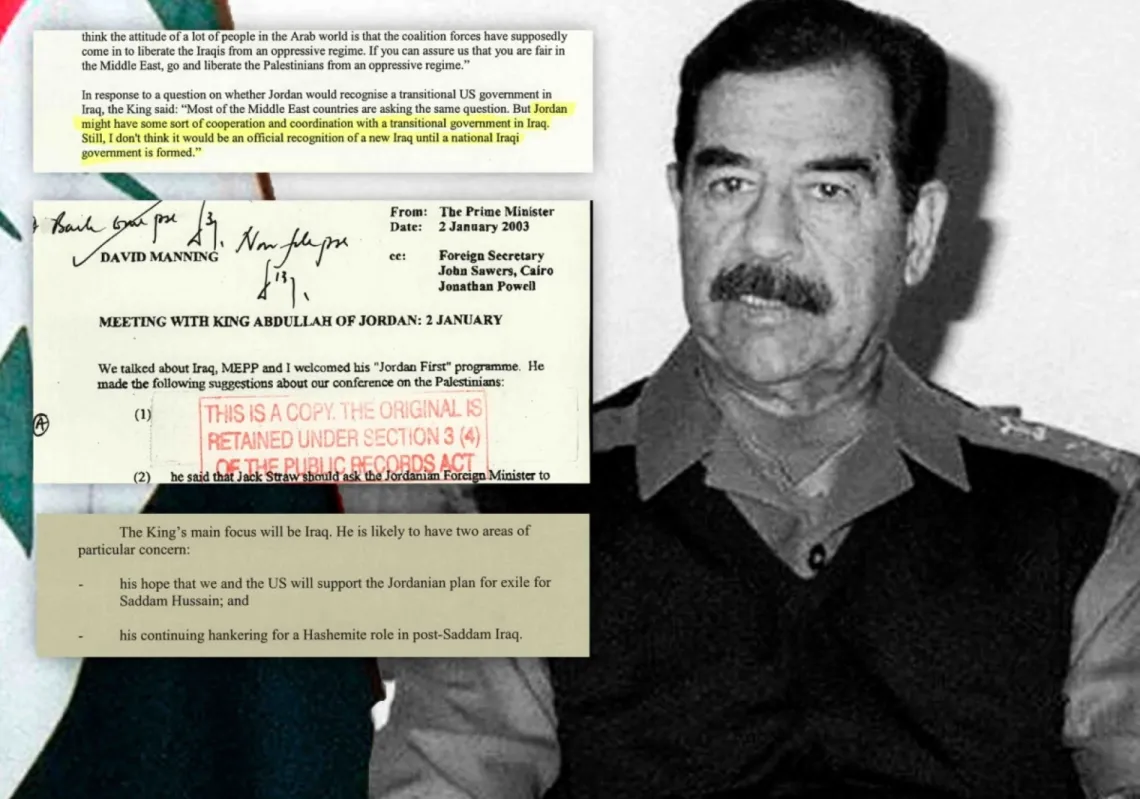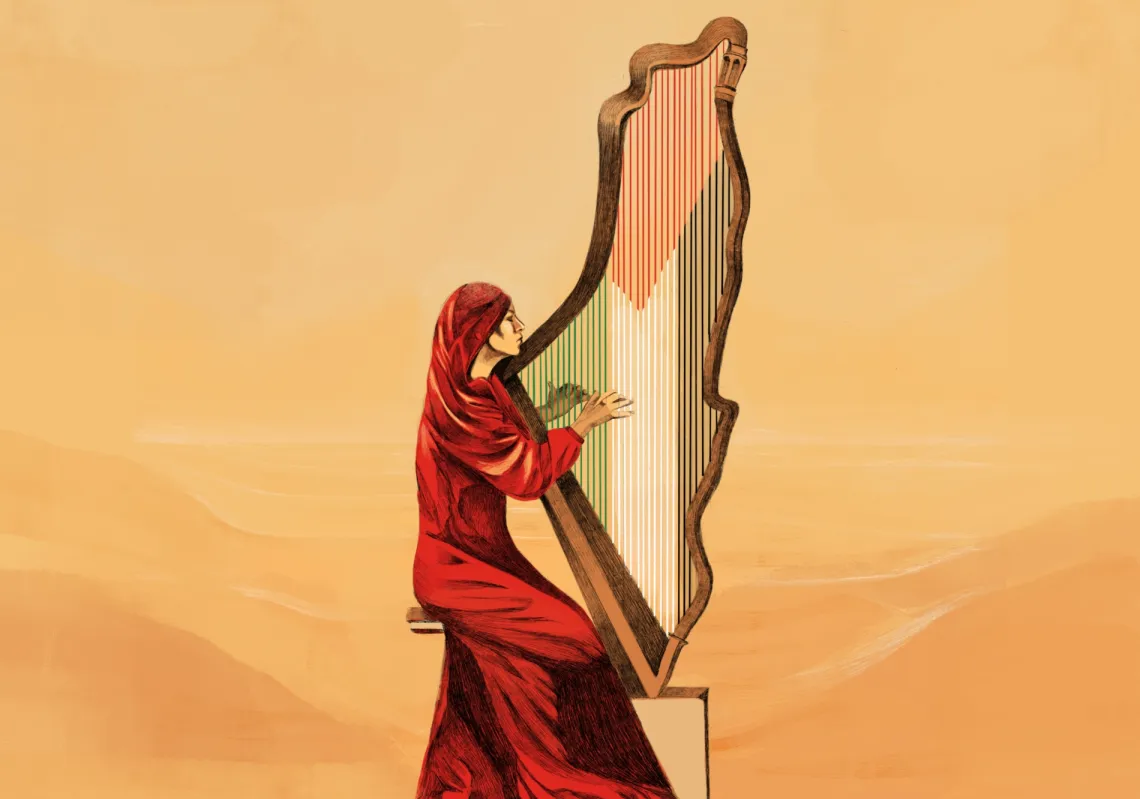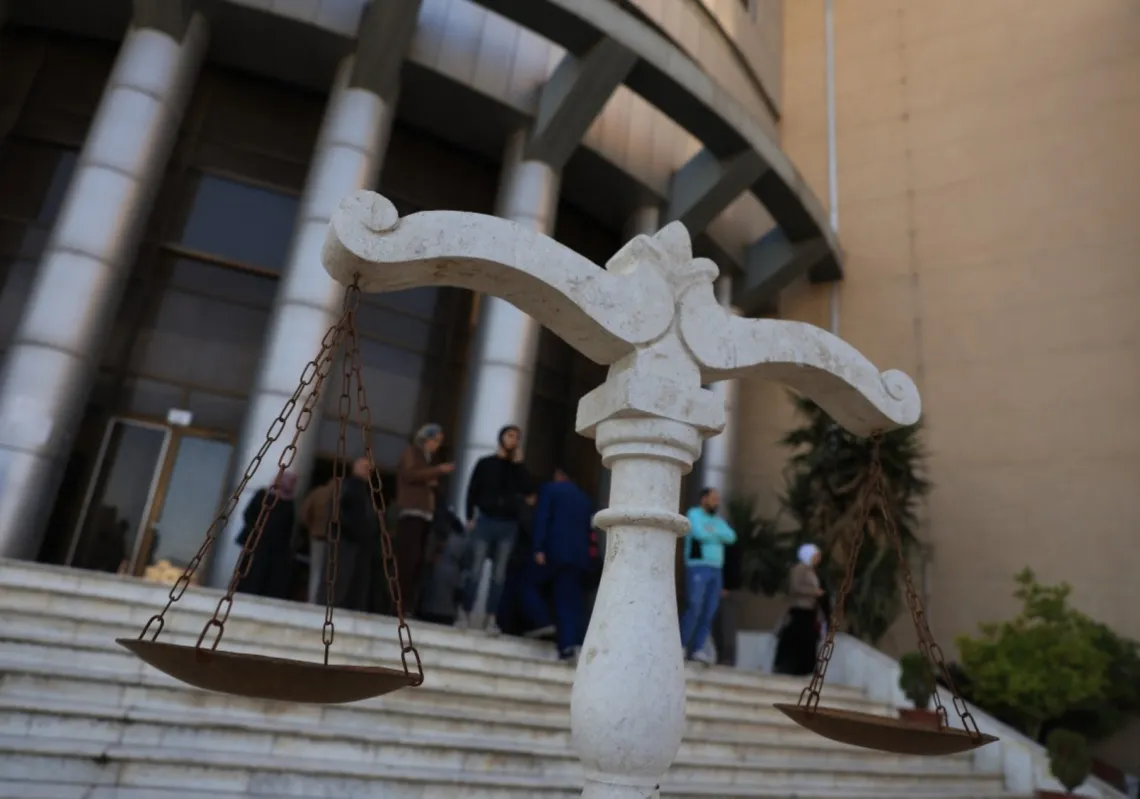The United States is sharply divided ahead of November’s general election, which will see the same two candidates face off again. The last one was so divisive that it sparked protests that almost resulted in an insurrection.
In his new book Remember This Day Forever: Trump from Presidency to Rebellion, journalist and TV presenter Hussein Jaradi does a deep dive into American society ahead of the 2020 vote, which saw Joe Biden replace Donald Trump as president.
While these events have been examined and analysed at great length, Jaradi provides exceptional insights drawing upon his long career reporting on American politics for the Al-Hurra channel.
He details the march of Trump’s supporters on the US Capitol on 6 January, when they tried to disrupt the vote certification ceremony. Jaradi argues that the near-insurrection was a culmination of various ticking time bombs which were bound to explode.
He lays out what he believes to be the drivers of the event, even diving into the mundane, to show how they are interlinked.
Through a combination of narrative storytelling, investigative journalism, and his news presentation skills, he produced an engaging and relevant read.

Colourful and compelling storytelling
The book's opening sets up the story by blending thorough research with colourful scene-setting.
“On the evening of Thursday, 24 August 2023, Donald Trump was booked in Fulton County jail in Georgia as inmate No. PO1135809.
The former US president declared his height and weight, had his fingerprints taken, and posed for his mug shot – a first for a president.
Trump was held in custody for 20 minutes on charges of electoral blackmail and conspiracy to tamper with the outcome of the 2020 presidential elections and was released on a $200,000 bail.”
Jaradi applies this style throughout the book. He selects key facts that he uses as landmarks in the story, which help trace the transformations that unfolded in America following the 2020 presidential election and the political polarisation that ensued.
The election revived dormant issues that America thought had been buried forever, including white supremacy, xenophobia, and armed militias. These issues were pervasive enough to almost spark a civil war in the country.
In true documentary fashion, Jaradi publishes speeches, court proceedings, social media posts, statements, and interviews taken from their original sources or conducted by the author verbatim.
He also injects an element of suspense into the story, using novelistic, literary, and even cinematic techniques to create a climax without compromising the book’s journalistic integrity.














